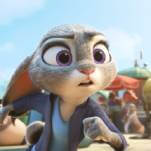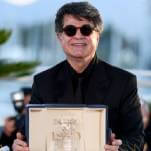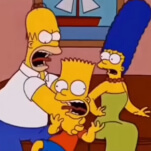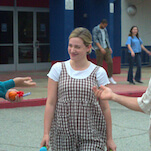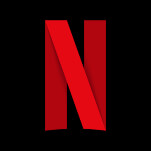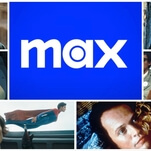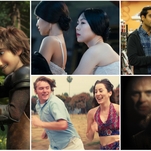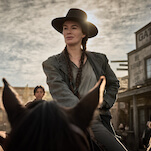Here’s how Pixar movies are changed for international audiences
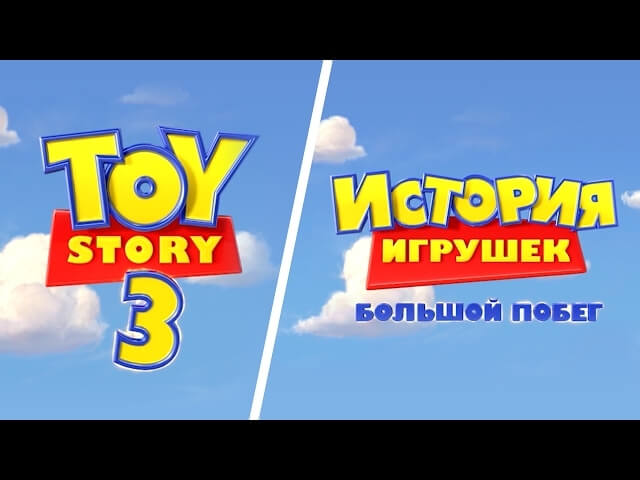
As Star Wars: The Last Jedi recently proved, there’s a lot of nuance involved in translating a film for international audiences. (While the English version of The Last Jedi is vague, the modified adjectives of the French, German, and Spanish translations reveal the term “Jedi” is plural.) This new video from the YouTube channel Oh My Disney breaks down the similar quirks that occur when Pixar adapts its films for foreign audiences. Some of the changes are pretty simple. For instance, letters and signs are often rewritten in another language, though, as the video points out, that means more design work for the production team. Interestingly, animators will sometimes scrap a piece of English writing altogether and simply replace it with an image that conveys the same message. So in the international version of Up, Carl and Ellie’s “Paradise Falls” savings jar is labeled with a drawing of their dream house rather than its name.






